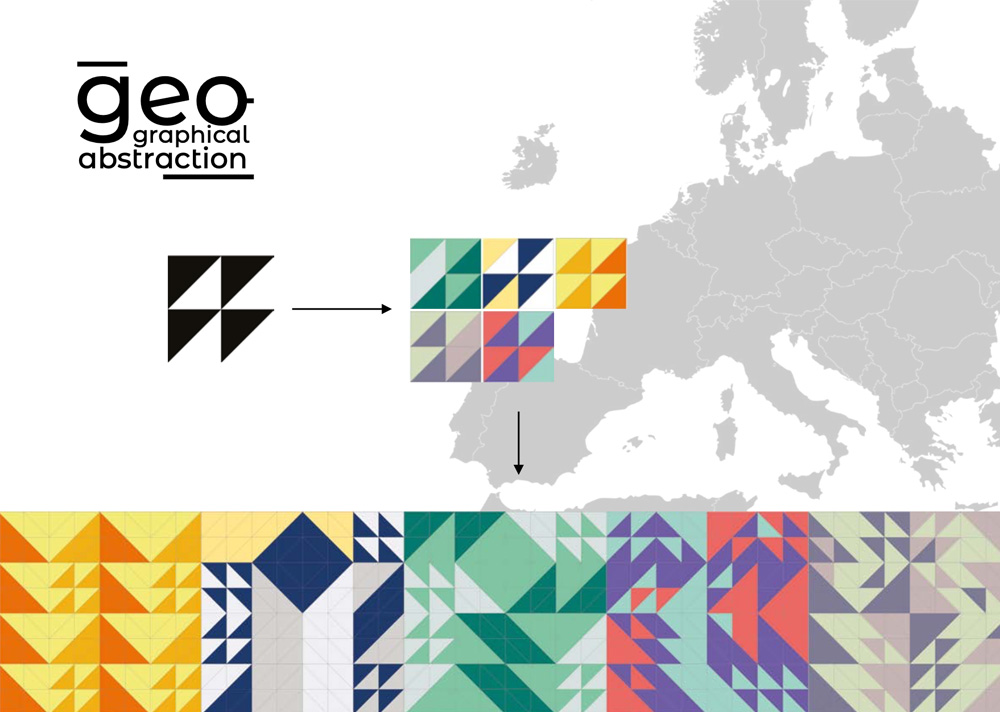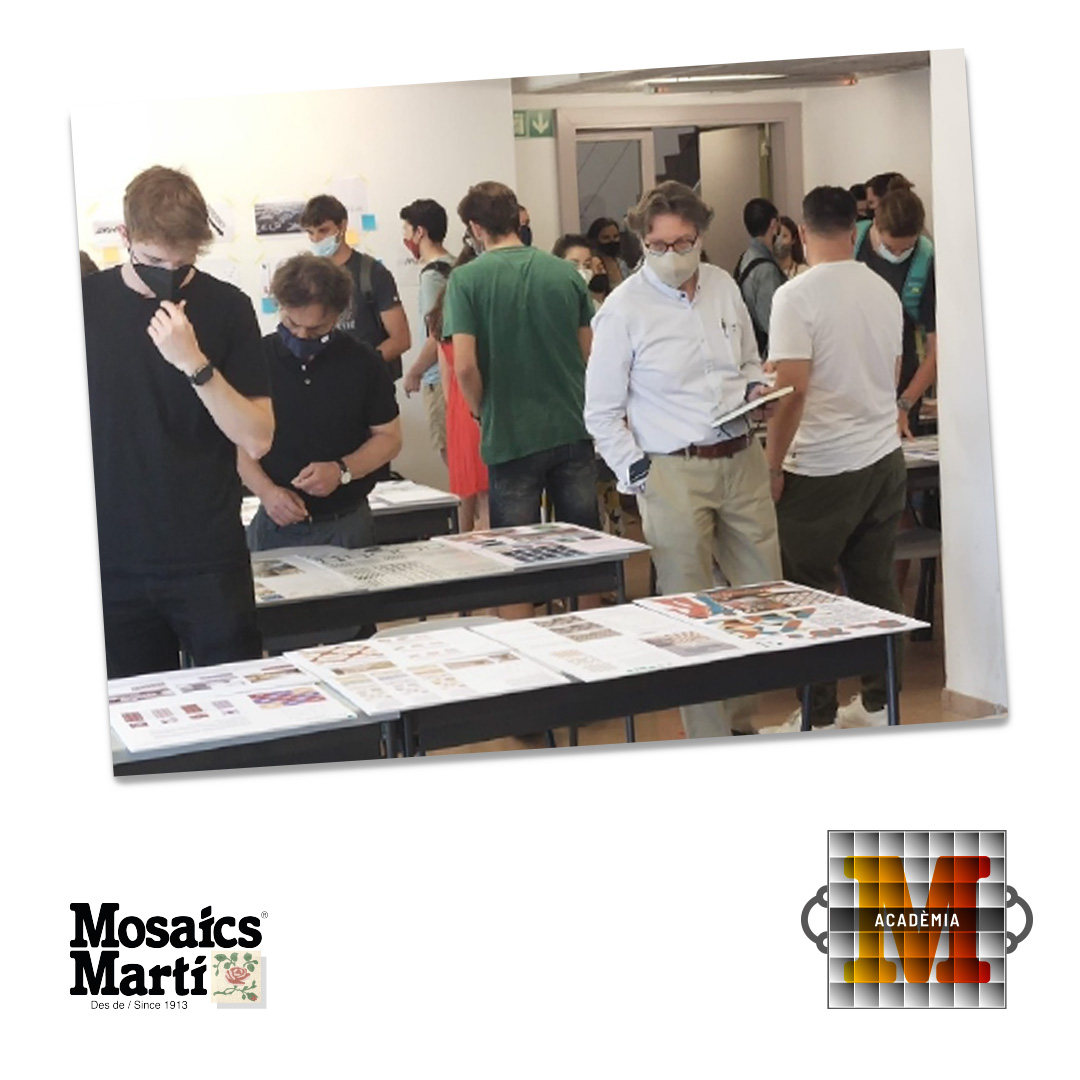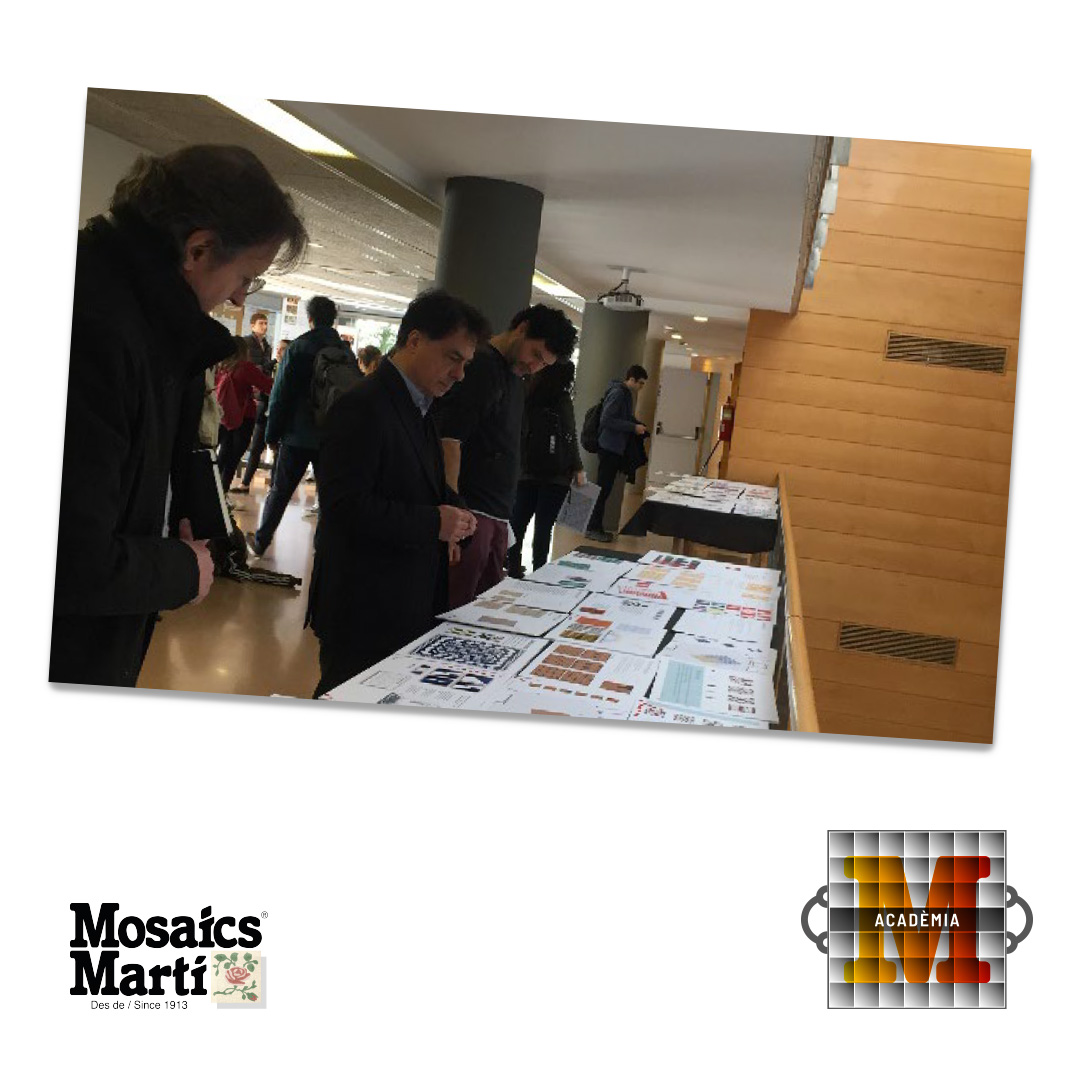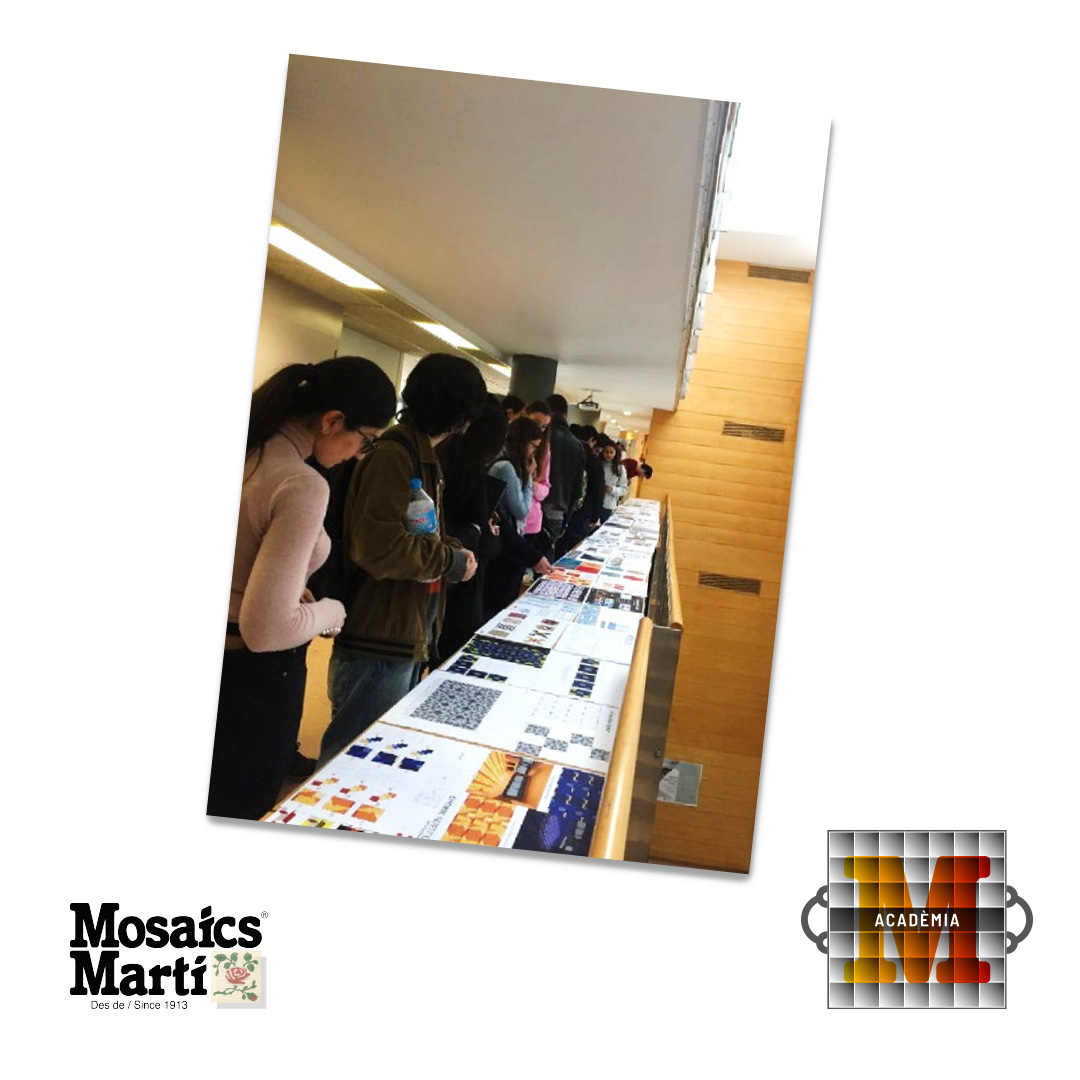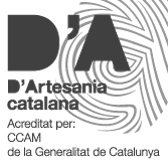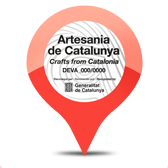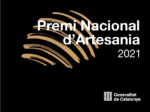MOSAICS MARTÍ – ESCOLA D’ARQUITECTURA LA SALLE
A bet for the survival of the Cement Tile
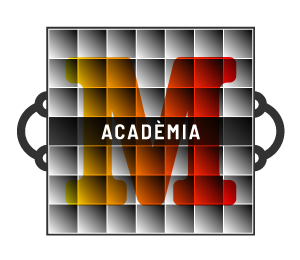
The manufacture of cement tiles experienced its heyday in Catalonia during Modernism at the beginning of the twentieth century and continued to be produced until the fifties when it was gradually replaced by industrial products. In the eighties, the grandchildren of Bernat Martí recovered the traditional production of cement tiles under the name of Mosaics Martí. Since then the company has created an innovative catalogue with designs by renowned architects such as Lluís Clotet, Elías Torres, Rafael Moneo, David Kohn, Philippe Starck and Rem Koolhaas, who designed a mosaic for the Casa da Música in Porto .
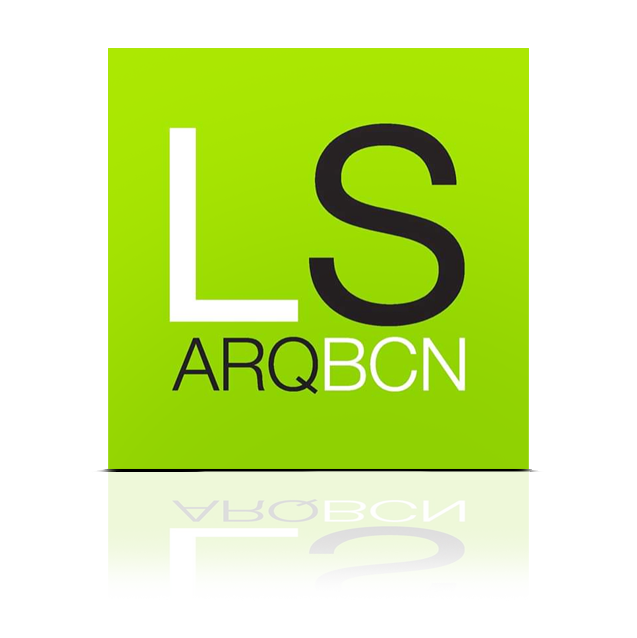
For five years, Mosaics Martí, a company based in Manresa dedicated to the manufacture of cement tiles, together with the subject of Representation Systems at the La Salle School of Architecture, organize an annual competition to design and manufacture a floor with the artisanal techniques that the company continues to use since it was founded by Bernat Martí Arlandís in 1913
Since the 1999/2000 academic year, the subject Systems of Representation (SDR) taught in the second year of the architecture program has dedicated part of its program to the study of composition in art and architecture. Students analyses artistic compositions based on concrete art – painting and music – and apply their principles to the creation of new compositions of colours and shapes, using manual and digital techniques. The final work consists of creating the design of a mosaic.
In preparation for the competition, the students visit the company’s workshop in Manresa to learn first-hand the manufacturing technique, producing a piece themselves. The visit is complemented by a class given by Gal Hart, an architect who manufactures his own designs in the company.
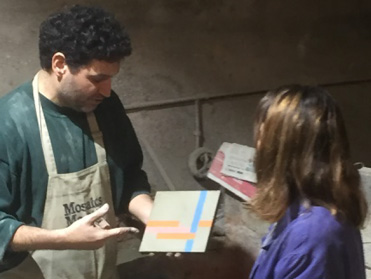
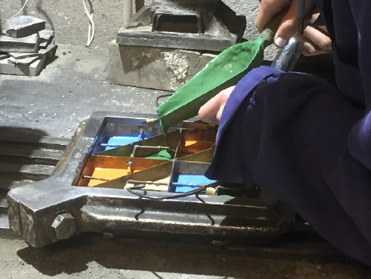
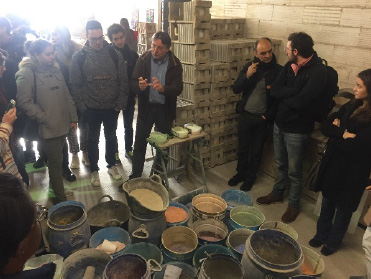
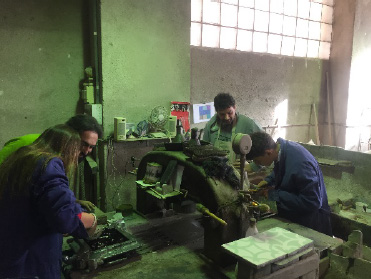
Visit of La Salle Architecture students and teachers to the Mosaics Martí workshop in Manresa.
The aim of the competition is to propose a line of products, created from a single mould (the “trepa”), which will become part of the company’s catalogue. The proposal – presented in two A3 panels – includes the design of the mould and examples of the variations that can be generated from it, combining colours and shapes. The designs are exhibited at school. In a first phase, the jury composed of Albert Martí, director of the company, Gal Hart and the teachers of the subject, Leandro Madrazo, Mario Hernández and Adrià Sánchez Llorens, choose the proposals that will go to the next phase. The students’ vote is also taken into account in the selection. Those selected in this initial phase present their proposal to the jury and to the class as a whole. From this exhibition, the jury goes on to deliberate and select the award-winning design. The prize consists of the manufacture of the metal mould and the production of sample pieces in the workshop.
COLLABORATION
The collaboration between the school and the company has been beneficial for both parties. The students realize the importance of knowing the processes and techniques they will use to manufacture their designs and the need to take them into account in the creation process.
They also develop visual and oral communication skills in a context – the competition with public exhibition – that they will encounter in their professional practice. For the company, the collaboration represents an opportunity to attract the interest of young creators so that they continue to discover new possibilities for the application of these traditional techniques.
